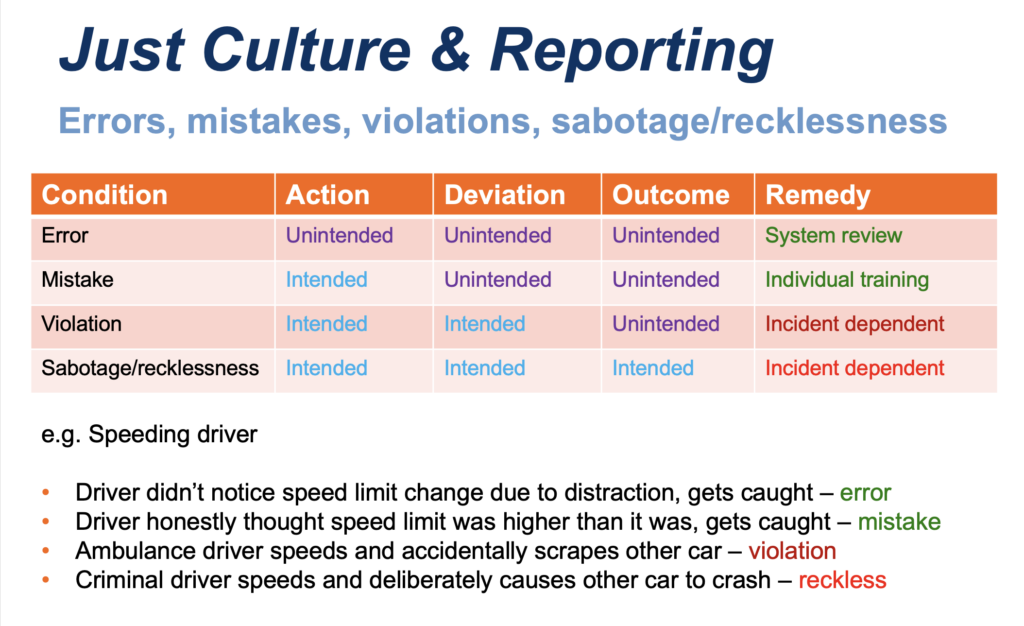The Charity
Aviation
Maritime
FC5250
Initial Report
At [Airline] we operate using e-manuals which are updated on a daily basis electronically. Periodically we are notified [by notification system] of significant change to operating policy, prior to specific manual upgrades. I attended a recent simulator check and, during the briefing, was informed by the trainer that the Stable Approach Criteria policy had been updated. This was quite a surprise as this is one of the most important elements of our operation, and you would expect this to come via formal notice. The trainer did not know exactly when the change occurred but suggested it was several months ago already. We have now received formal notification of the policy change; however, I know of at least one pilot who unknowingly breached the new policy during this period.
Many of us are concerned at the speed and volume that manual updates occur – the majority of them are small, insignificant and often irrelevant to role. We often only discover policy change through discussions on the flight deck. This also raises the question as to how a change to a fundamental element of our operating policy has slipped through without the chief technical or training pilot deciding / remembering / considering to promulgate formally.
Company Comment
Following a review of updated IOSA requirements, [Company] made two changes to our Stable Approach Criteria. These were related to ensuring that aircraft were stabilised on the correct lateral profile and that the landing checklist was completed by the 500ft auto-callout. The timing of these changes was immediately before a planned OM-A revision. A decision was made to include this change in the revision, rather than issue a notice making an amendment just days before a new revision was released which then incorporated it. An administrative error led to these two items not featuring in the revision’s list of changes.
When feedback was received that the Stable Approach Criteria appeared to have been changed without notification, the situation was reviewed. At that point, a more significant change to the Stable Approach Criteria was about to be made. This followed standard process and the decision was taken to use this as the vehicle to also highlight the previous modifications. In the Ops Manual Notice (OMN) announcing this change, all modifications were highlighted to ensure pilots were aware of what had previously changed.
This incident led to the documentary update process being reviewed to ensure root cause identified and recurrence prevented.
CHIRP Comment
CHIRP has commented before on the need to have robust policies for a defined cycle of regular changes to documents rather than a series of ad hoc updates. The frequency of such updates depends on the nature of the change (routine, urgent, administrative etc) and, in this case, it seems that rational decisions about how to incorporate the changes were unfortunately derailed by an administrative error that led to them not being properly promulgated. One of the purposes of simulator checks is to refresh crews on recent changes and so this fail-safe activity worked in this case but it is concerning that some crews may have unintentionally been operating in contravention to their OM-A because they weren’t aware of the changes.
CHIRP is heartened to see that the company is investigating why the administrative error was made, and also why the failure to promulgate was not evident. A change as significant as a revised Stable Approach Policy would hopefully have been considered within the company SMS processes and this should have highlighted the importance of robust promulgation channels. In any such investigations, it’s important to distinguish between errors and mistakes: in ‘Just Culture’ safety terms, ‘mistakes’ are symptomatic of people misunderstanding the task and potentially requiring further guidance or training, whilst ‘errors’ indicate that there are systemic problems that induce people to do the wrong thing. It behoves all organisations to mitigate as many systemic inadequacies as possible so that errors are reduced; in the circumstances of this report, this may identify safeguards that could be introduced to ensure that critical documentation is not lost in the system but properly highlighted to those who use it.
